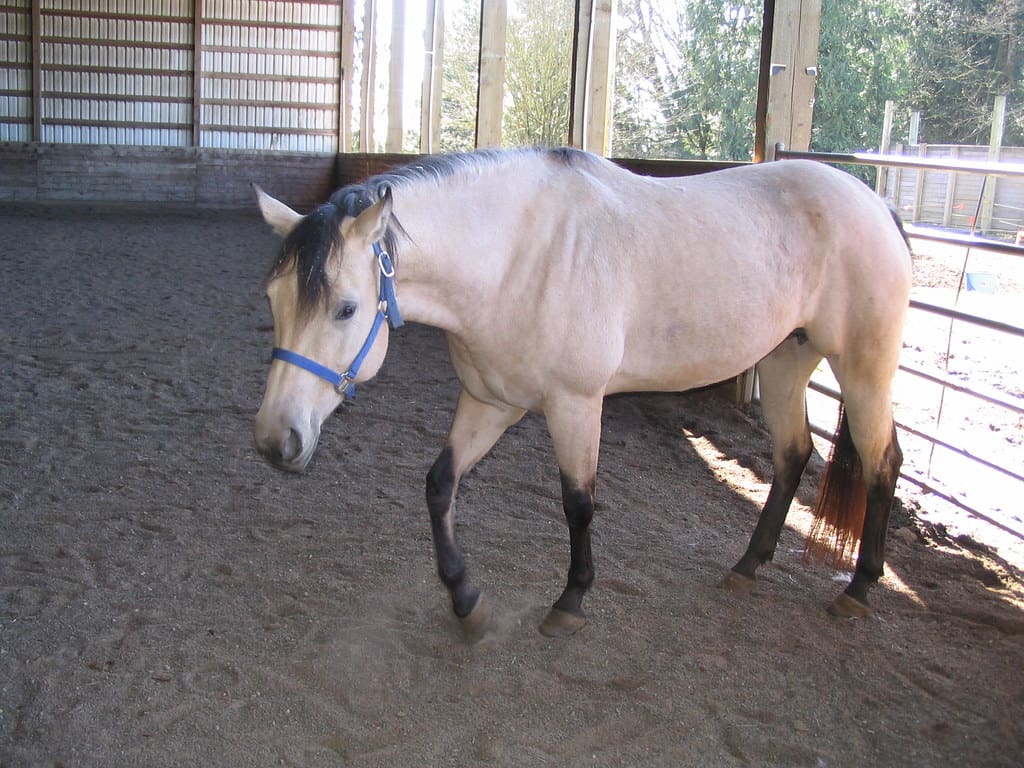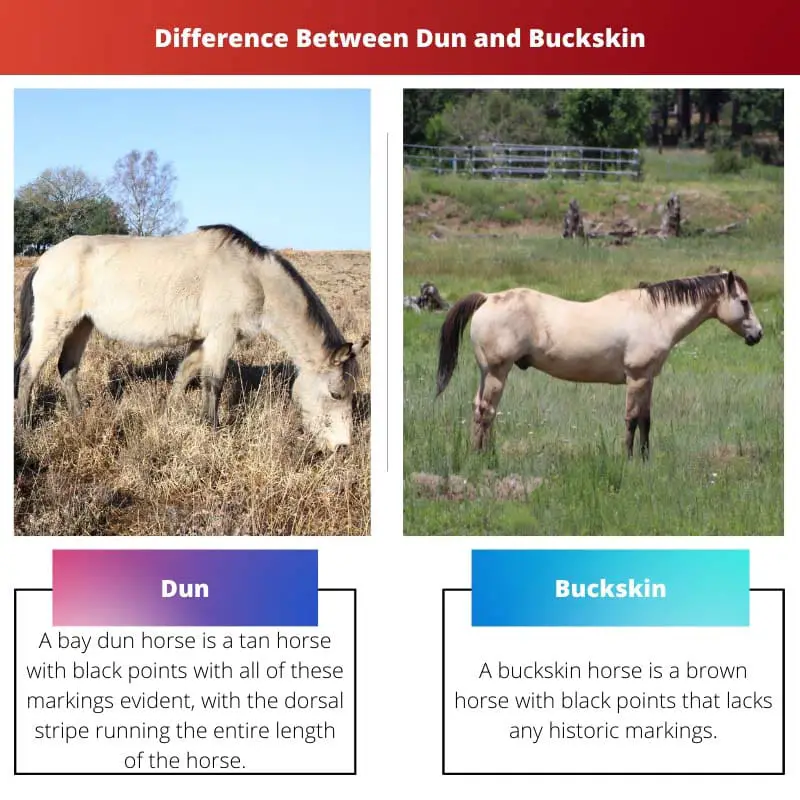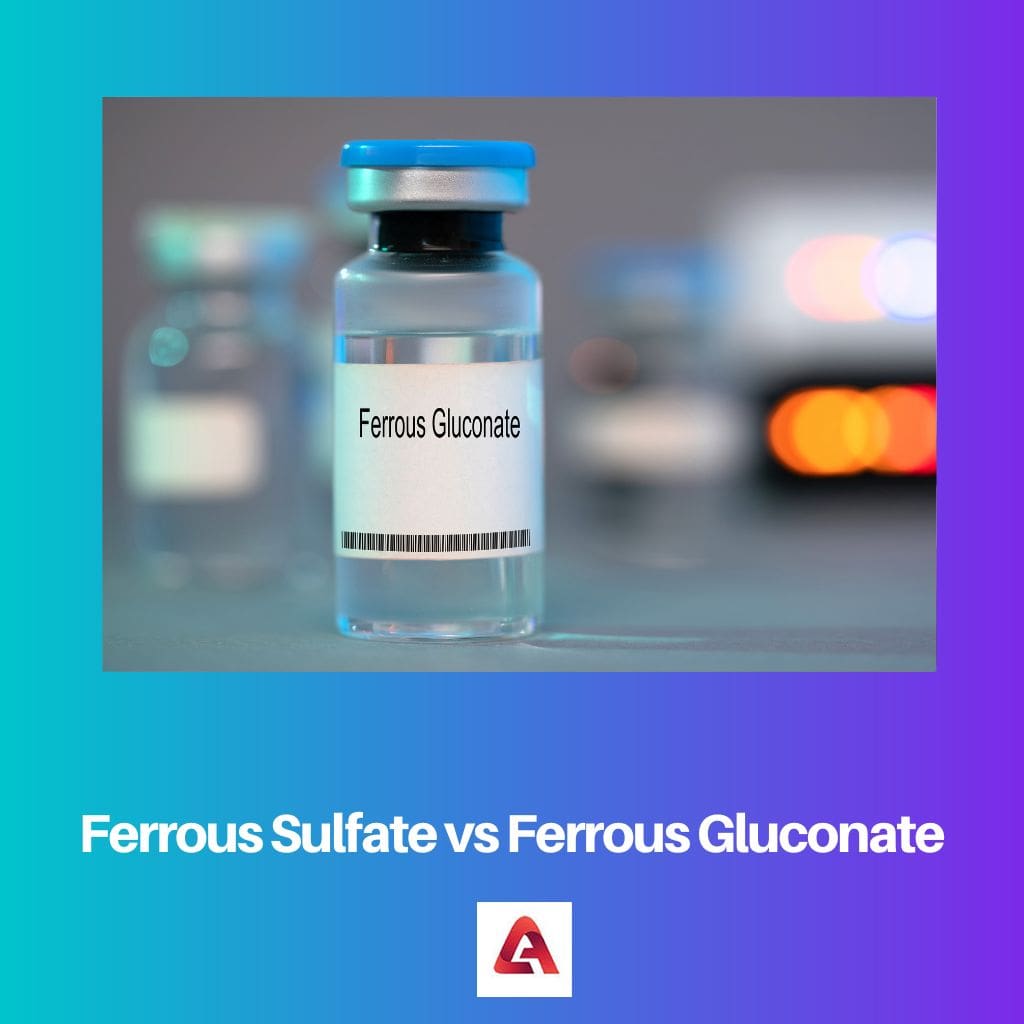Geneticists once thought that the Dun horse was the consequence of a dilution gene and that mating Duns and Buckskins together frequently resulted in the birth of an Albino foal. Recent research has shown that this is incorrect. As far back as the written history of the animal is accessible, the authentic Buckskin horse may trace his heritage through a direct line of Dun or Buckskin-colored predecessors.
Key Takeaways
- Dun horses have a diluted coat color, a dorsal stripe, and other primitive markings, while buckskin horses display a golden coat with black points.
- Both dun and buckskin horses inherit their coat color from a dilution gene.
- Dun and buckskin are distinct genetic traits that can occur in various horse breeds.
Dun vs Buckskin
A dun horse’s coat color ranges from pale yellow to reddish-brown, with a darker stripe along the spine and zebra stripes on the legs. The dun gene affects both the horse’s coat color and primitive markings. Buckskin horses have a similar coat color to duns but without dorsal stripes or primitive markings.

The dun dilution gene affects all coat colors (not just bay), but in a bay horse, it causes the coloration that most people mistake for buckskin. A dorsal stripe is sometimes a gift on Dun creatures; many even have marks on their shoulders, legs, and forehead. Chestnut (red dun) and black bases are likewise wedged by this dilution sequence (grulla or grullo).
Buckskin is a coat color resembling tanned deer hide caused by a bay horse with the cream dilution gene. Silver dapple and sooty are two types of buckskin. A gold or brown coat with a black tail, mane, and lower legs distinguishes these horses. Buckskins are thought to be more resilient, strong, and determined than other horses.
Comparison Table
| Parameters of Comparison | Dun | Buckskin |
|---|---|---|
| Markings | A bay dun horse is a tan horse with black points with all of these markings evident, with the dorsal stripe running the entire length of the horse. | A buckskin horse, on the other hand, is a brown horse with black points that lacks any historic markings. |
| Colour | A dun dilution gene was put into a bay base color horse to produce the Bay Dun horse. | A buckskin horse’s color is the result of a single cream dilution gene on the bay base color. |
| Appearance | Buckskins have black manes on tails, stockings, and dorsal stripes on their bodies. | Duns have a brown or dark grey dorsal stripe on their backs, and their bodies are sandy brown or mouse grey. The mane color varies. So does the tail color. This variation is from horse to horse. |
| Gene | They have dun dilution genes. | They have a cream dilution gene. |
| Variation | The dun dilution gene affects red dun horses, as well as grulla and grullo. | If a Buckskin horse’s base color is brown, the cream dilution gene causes it to turn golden. |
What is Dun?
Dun is created by diluting the basic color and adding rudimentary marks (stripes on the legs and one along the back). Dun was the color of all horses’ coats when they were born (“wild type”). Various colorings occur depending on the horse’s basic color: Red Dun (chestnut), Yellow Dun (bay), and Blue Dun (blue) (black). A dun horse features a dark dorsal stripe on the middle of its back, a dark-colored face and limbs, and cross or horizontal marking across the shoulders or on the rear/back of the forelegs. The genetics of the coat color sets the color of the body.
Duns with a chestnut foundation color might seem light tan, whereas those with a black base appear steel grey. The undiluted base coat color is frequently used for manes, tails, primitive markings, and other dark regions. All other coat color alleles might interact with the dun gene.
The primeval or wild sort color of horses is meant to be Dun. Several of the equines seen in prehistoric cave paintings, like those in Chauvet Cave, are dun, as are various closely connected species within the Equus. The Equus caballus przewalskii, onager, kiang, African ass, an extinct plains equine race referred to as the quagga, and an extinct horse race referred to as the Equus caballus gomelini are among them. Zebras are a kind of dun with hair that is practically white and primitive patterns (like striped leg barring) that stretch over the entire body.

What is Buckskin?
Buckskin refers to a hue that mimics specific hues of tanned leather and is employed to explain the hair coat color of horses. Buckskin may be a term accustomed to explaining the hues of assorted dog breeds. The coat of the horse is brown or gold in hue with black spots (mane, tail, and lower legs). The cream dilution factor acts on a bay horse, inflicting buckskin to seem. As a result, a buckskin has one copy of the Extension, or “black base coat” (E) factor, one copy of the gnawer factor (A) factor (see the bay for a lot of info on the gnawer gene) that compass the black base coat to the points.
The body of a buckskin horse is pale cream to golden tan in color (similar to buckskin leather), with black points (mane/tail and legs), and both their skin and eyes have a black hue. Buckskin horses are available in a range of breeds. Not all breeds have at least one parent carrying the cream factor. Though Buckskin is classed as a color breed, coat color cannot ever be an abiding true-breeding feature due to its genetic composition, which depends on possessing one, not two, copies of the dilution allelomorph.

Main Differences Between Dun and Buckskin
- A Bay dun horse is a tan horse with black points and every one of those markings visible, with the dorsal stripe going all the way to the tail. On the other hand, a buckskin horse is a tan horse with black points and no evidence of ancient markings.
- The major distinction between these two horses is that two separate genes cause color dilution. The Buckskin is the consequence of a single cream dilution gene on the bay base hue. The Bay Dun horse is the product of a dun dilution gene being inserted into a bay base color.
- Buckskins have yellow bodies with black manes, tails, stockings, and dorsal stripes, and black manes, tails, and stockings. Duns have a dorsal stripe that is brown or dark grey, and their bodies are sandy brown or mouse grey. The color of the mane and tail varies from horse to horse.
- Red dun horses, as well as grulla and grullo, are affected by the dun dilution gene. Horses with chestnut coats are red duns, whereas horses with black bases are grullas. If the foundation color of a Buckskin horse is brown, the cream dilution gene causes it to turn golden. Dapples are commonly seen on the body of buckskin horses with a brown foundation color.
- The dun dilution gene determines the characteristics of dun horses, whereas the cream dilution gene determines the characteristics of buckskin horses.





